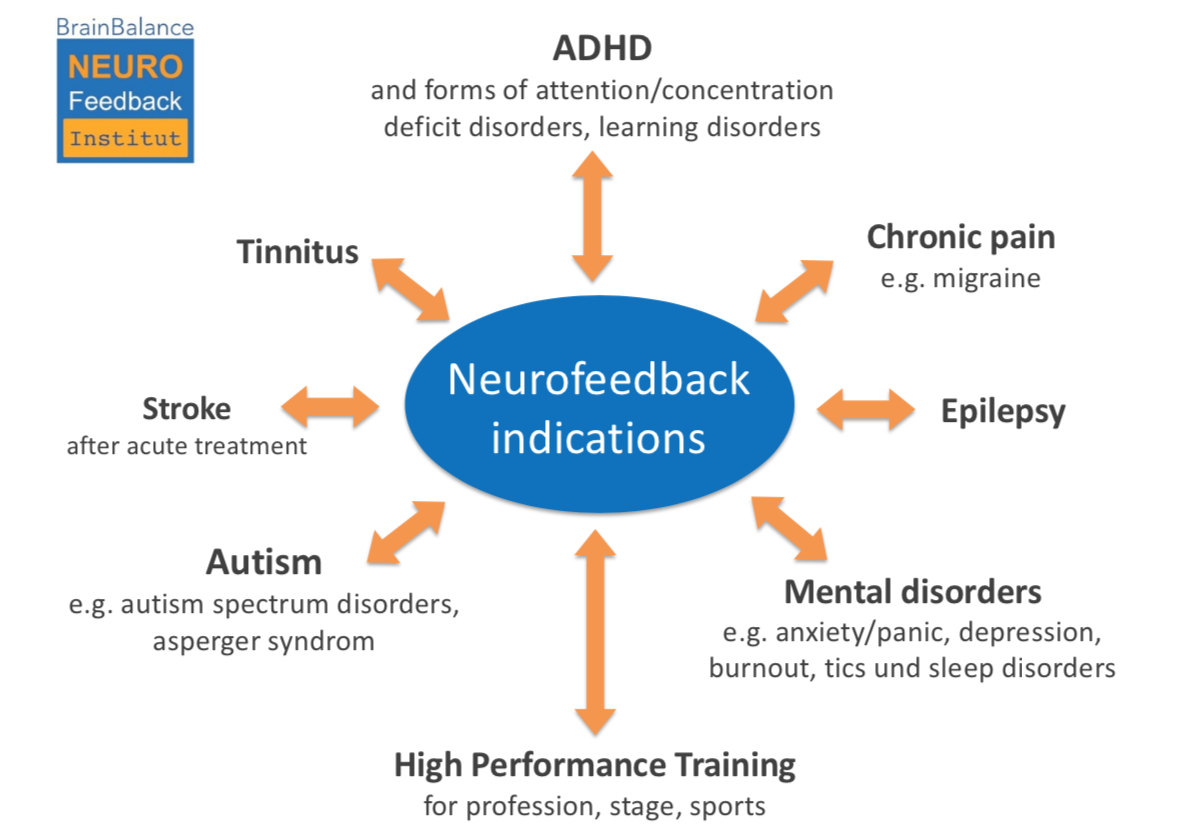qEEG functions by placing small sensors on the scalp to record neural signals. These sensors measure neural impulses produced by nerve cells, the units in the brain that communicate with one another. The information gathered is then processed and displayed as a set of patterns. Each type of neural wave—such as alpha, β, delta, and θ—relates to different mental conditions and activities. For instance, alpha waves are often linked with relaxation, while beta waves are linked to active thinking and problem-solving. By analyzing these trends, clinicians can identify irregularities that may suggest mental health issues.

One of the significant advantages of qEEG is its ability to offer unbiased information. Unlike traditional evaluations that depend on subjective reports from clients, qEEG provides a clear picture of neural activity. This objectivity can help reduce biases in assessment and result to more precise treatment plans. For example, if a client is experiencing stress, qEEG can reveal specific patterns of brain function that are linked with stress conditions. This information allows mental health experts to tailor interventions more effectively, whether it be through counseling, pharmaceuticals, or alternative treatments.
Moreover, qEEG can be particularly useful in monitoring treatment progress. By performing qEEG assessments at various stages during therapy, clinicians can monitor variations in neural function over period. This continuous evaluation helps determine whether a treatment is effective or if adjustments are needed. For instance, if a client is not reacting to a specific treatment, qEEG may indicate that their neural function has not altered in a manner that indicates improvement. This response loop can lead to more personalized and effective psychological health treatment.
In conclusion, qEEG brain mapping is a powerful Learn More tool in the field of mental health assessment. By providing objective information about brain function, it enhances the comprehension of various mental health conditions. This technique not only aids in accurate diagnosis but also helps in monitoring treatment effectiveness. As psychological health experts continue to investigate the capabilities of qEEG, it holds promise for improving the lives of people dealing with mental health issues. With ongoing investigation and advancements in technology, the mysteries of the mind may turn clearer, resulting to better results for those in requirement of assistance.